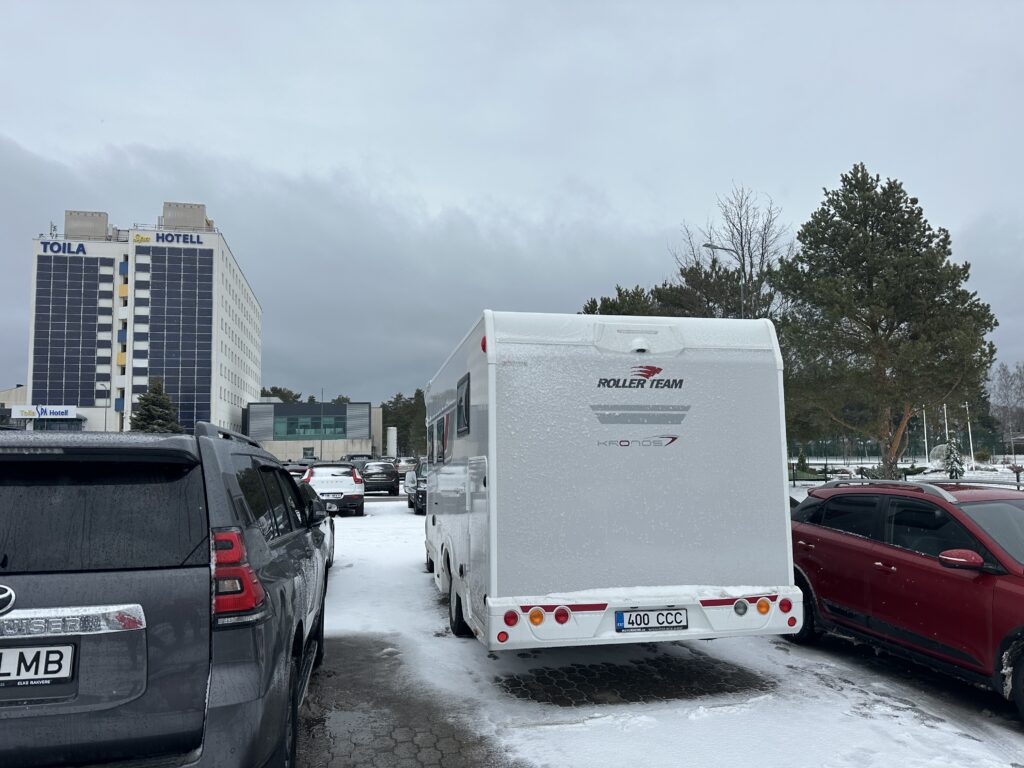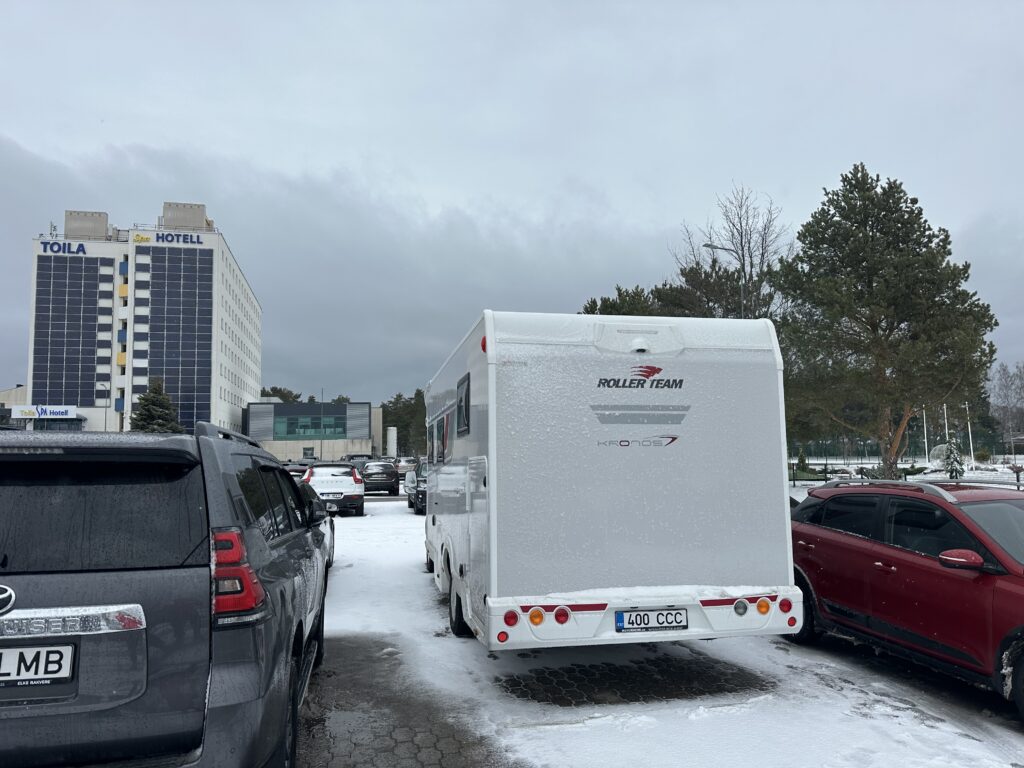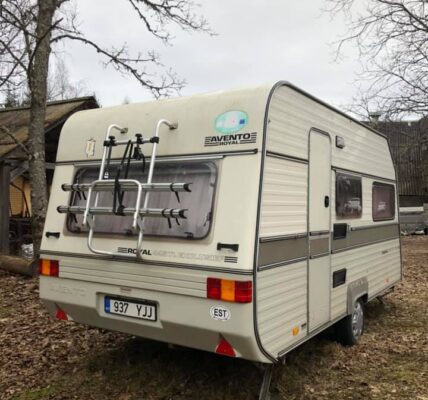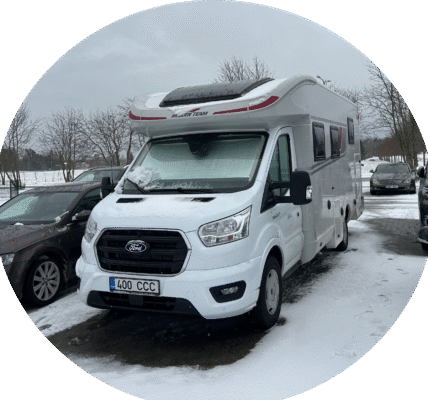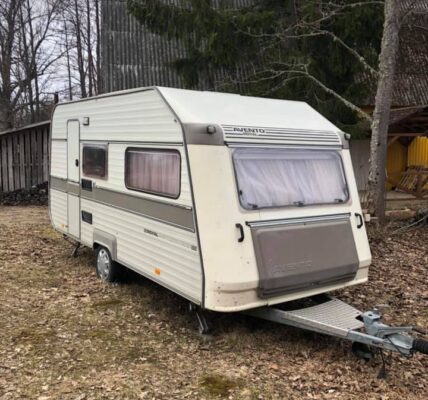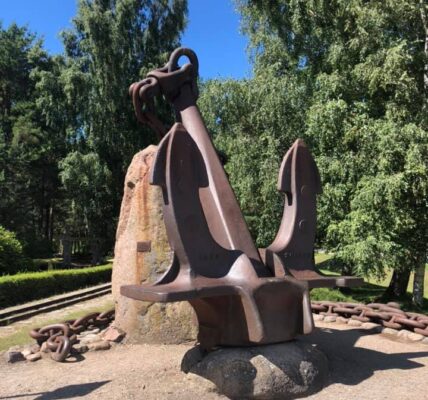In mid-March, we visited the “Motoexotica 2025” exhibition. In addition to the usual, the exhibition also featured caravan dealers who introduced the new generation of campers and caravans.
This is how this new story began.
Thought/done and in the first days of April I signed the necessary documents related to the purchase.
The decision was made to buy a semi-integrated campervan offered by Motorhome.ee, which was built by a company operating in Italy under the Roller Team brand.
The campervan is built on a Ford Transit frame and equipped with all sorts of modern extras and gadgets that make driving such a large car very comfortable.
I also considered buying a fully integrated campervan, but it broke down this time.
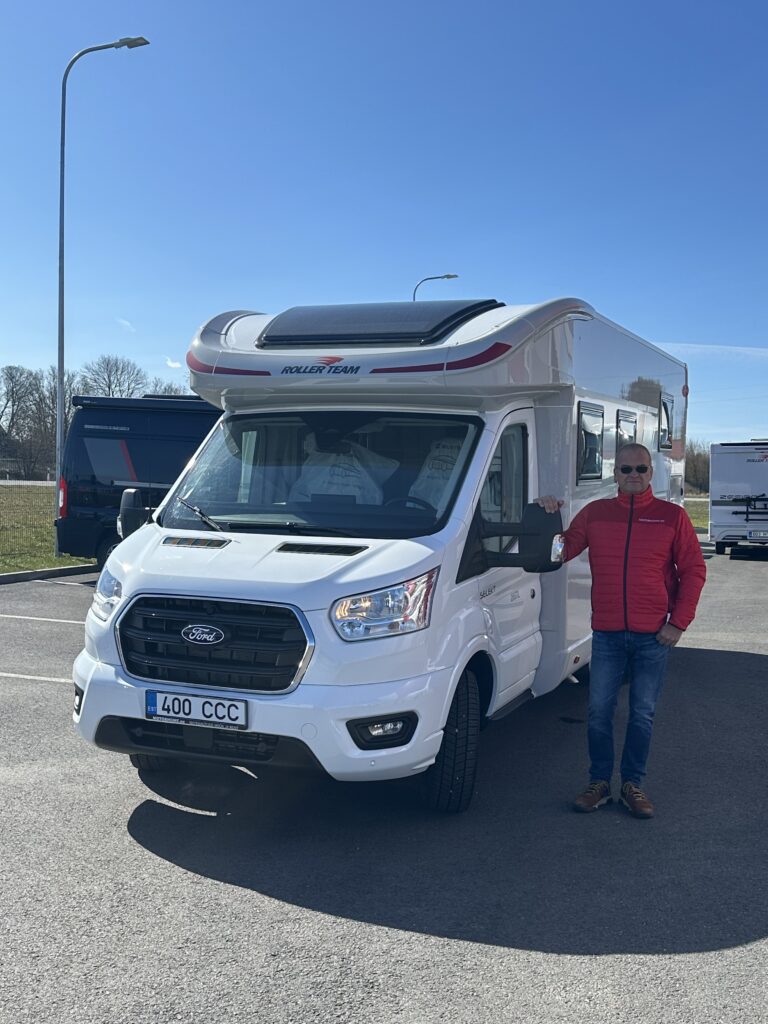
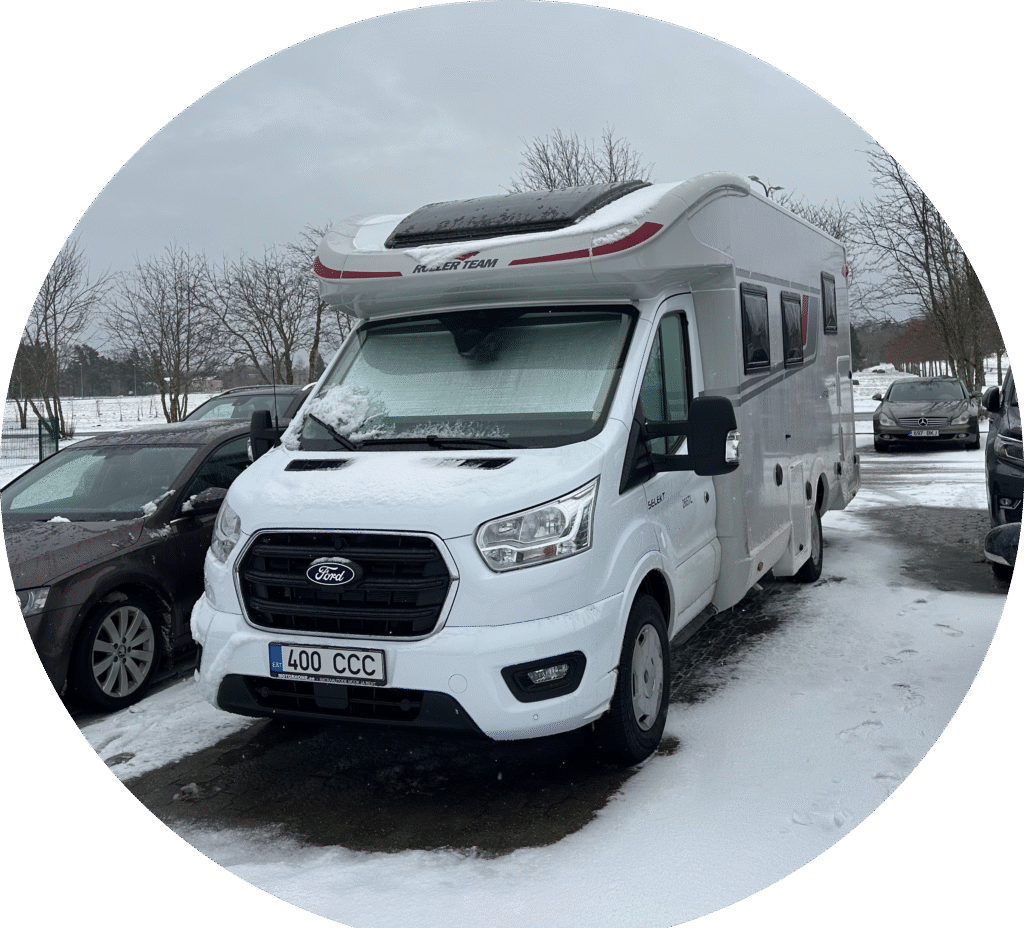
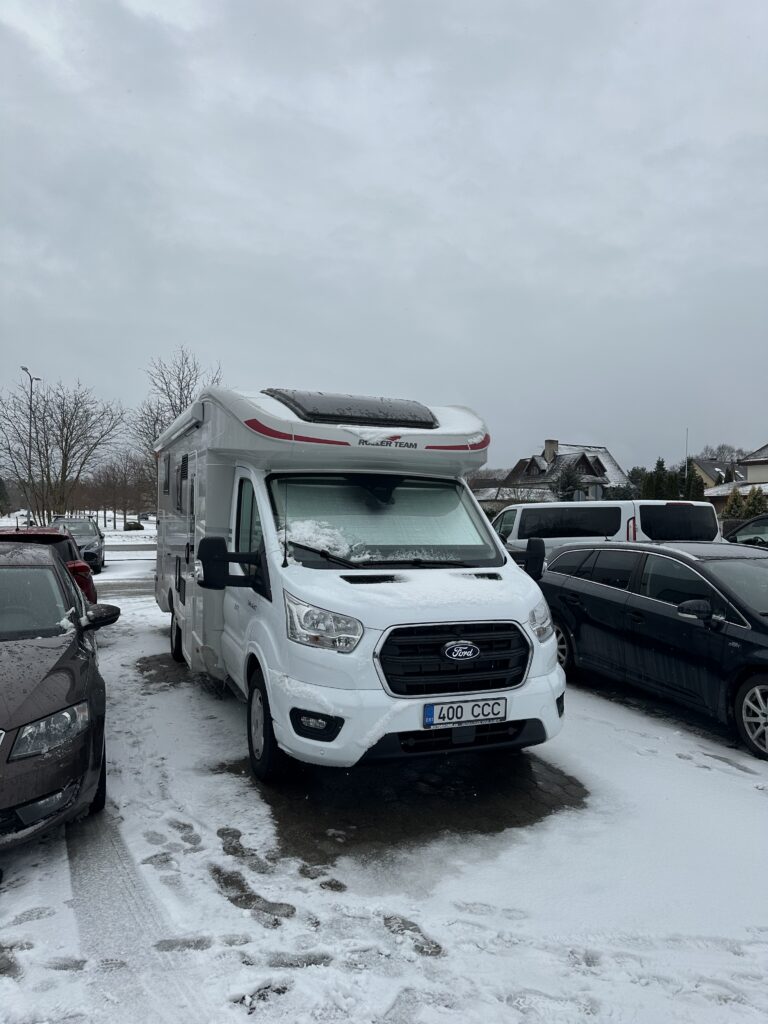
Usually, motorhomes are equipped with a heating system that, when fully autonomous, uses bottled gas for heating, but the car I chose uses diesel fuel for autonomous heating, which the heater takes directly from the car’s fuel tank.
I received the car on April 10th and the weather forecast predicted snow and blizzards in Estonia by April 12th…so we decided to go to Toila to test the heater, while taking the opportunity to enjoy the Toila SPA water center and saunas.
The weather forecast was not wrong and on the morning of April 12th when we took off, there was continuous snowfall and blizzard from Tallinn to Toila.
Before arriving, just in case, the fuel tank was filled to the brim and an additional 20 liters in a canister was purchased as a reserve… because there was no previous experience of how much fuel a camping cabin with such a heating system could consume on a cold night.
The caravan park behind the Toila SPA was still closed (it opens every year on May 1st, but the SPA administrators allowed us to park in the customer parking lot and park there all night, without buying hotel accommodation.
We spent the morning and lunchtime in the SPA and from 5pm we started testing the heater. The car had been parked all day and the temperature inside the cabin had dropped to the same level as outside, -5 C. Since the room was cold, the boost mode was used at first to quickly heat up the cold cabin.
It took about 30 minutes to reach room temperature in this mode and after that I switched to ECO mode.
At first, the car still seemed a bit cool, but after the device had been running for about an hour and a half, everything normalized and the room reached a stable +21 C room temperature.
After that, we were left worrying about how long the fuel in the tank would last, as the device draws fuel directly from the car’s fuel tank for heating.
We decided not to worry too much and went to bed. By morning, spring had arrived again and the ice that had formed overnight had also started to melt from the roads.
We turned off the heating at 8 am and when we started driving, it turned out that 7 liters of diesel fuel had been used up from the tank, which is about 0.5 liters per hour.
This can be considered quite economical heating, because it cost about 70 cents per hour to heat, and considering that the weather was really cold and very windy, this 0.5 L/h heating cost cannot be considered very high.
So, overall, we were satisfied with it.
What else have I noticed while driving my camper van?
The car is equipped with adaptive cruise control, which detects traffic signs and adjusts the speed to the speed limit based on the traffic signs. It is very convenient to use in the city, especially if you are somewhere unfamiliar and cannot follow all the signs in the traffic jam.
The car lowers and increases the speed itself and also maintains a distance from the cars in front. The only downside to this adaptive cruise control is that the car uses 12-13 liters of fuel per 100 km using this option, and the reason is that when switching from a lower speed to a higher speed, it presses the gas pedal, so to speak, and accelerates to the maximum permitted speed.
Another problem is that if you do not want to drive at the permitted 120 km/h speed limit on the road, then after each new traffic sign you have to re-enter, for example, 90 km/h (if you want to drive at a lower speed), because when detecting a 120 km/h sign, the car starts accelerating to the maximum permitted speed on the road.
There is an option to turn it off from the computer and use the regular cruise control mode, where the driver can set the desired speed and the car does not detect traffic signs, and in this case the fuel consumption per 100 km will be between 10-10.5 liters……so using adaptive cruise control, the fuel consumption is 2-2.5 L more per 100 km.
